
In anime, sibling relationships often form the emotional core of a story, influencing characters’ journeys and making fantastical plots feel more connected to real life. These bonds – built on trust, competition, selflessness, and simple affection – can create powerful and lasting narratives across all kinds of genres. Whether facing curses, war, or virtual worlds, these families have their connections tested, and even small, quiet moments can be incredibly meaningful. This exploration focuses on how these sibling dynamics function within each show, and also includes details about the animation studios behind them to help you appreciate the unique visual style of each relationship.
Tanjiro and Nezuko in ‘Demon Slayer: Kimetsu no Yaiba’

Tanjiro and Nezuko’s story begins with a heartbreaking event: Nezuko becomes a demon, and Tanjiro dedicates himself to finding a cure while keeping others safe. They travel and fight as a team, often seen with Nezuko wearing a bamboo muzzle and carried in a special box. During important fights, their powers work together seamlessly, letting them turn defensive moves into powerful attacks. The animation studio Ufotable brings their teamwork to life with stunning visuals and dynamic fight choreography, especially when showcasing elemental powers.
Sora and Shiro in ‘No Game No Life’
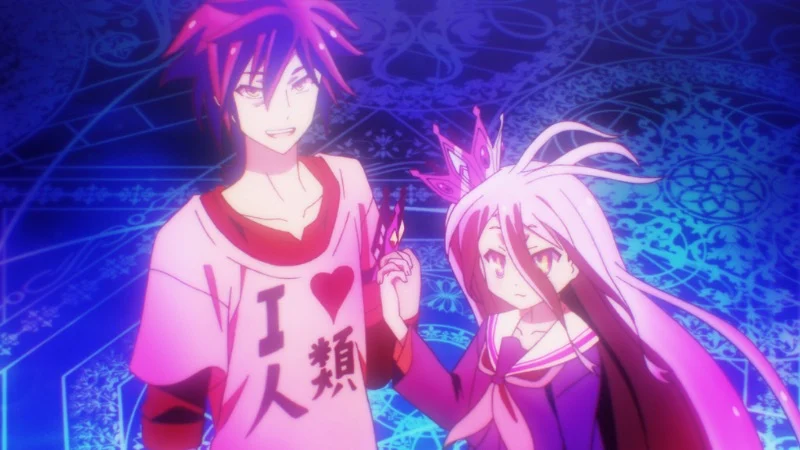
Sora and Shiro, who are step-siblings, approach every problem like a team, whether it’s a chess match or governing a country. They always work together, so any time they’re apart, it creates immediate tension. They win by finding loopholes in games and using clever psychological tactics, turning competitions into opportunities to reshape the world. The animation studio Madhouse brings their synchronized way of thinking to life with bright, colorful visuals and dynamic scenes.
Killua and Alluka Zoldyck in ‘Hunter x Hunter’
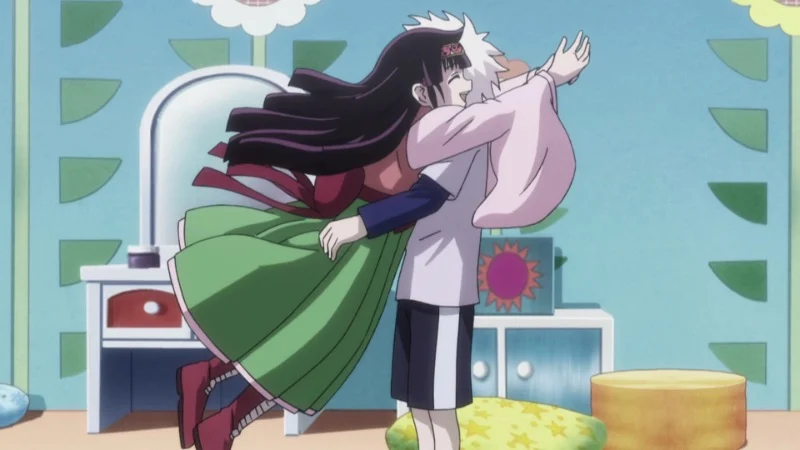
Killua’s determination to keep his sister, Alluka, safe from their family highlights the dark side of being a Zoldyck. The way Nanika’s powers work – every wish has a dangerous consequence – means even small requests can be incredibly risky. Killua understands these risks and is willing to defy his family to protect Alluka, changing his position within the group. The animation studio, Madhouse, expertly crafts scenes between the siblings, making their intimate conversations feel just as impactful as action-packed fights.
Lelouch and Nunnally in ‘Code Geass’

As a huge fan, what always struck me about Lelouch is how everything he does is driven by his love for Nunnally and his desire to build a world where she can be safe. It’s not just a backstory detail; it’s the core of every single one of his decisions, every alliance he forges. He’s constantly hiding behind political games and aliases, but it’s all about protecting her, even when his plans are incredibly dangerous and his public image is carefully constructed. He’s willing to make tough calls as a leader, but he always weighs the potential harm to innocent people against what Nunnally herself would have to bear. And honestly, the animation style in Code Geass – all those sharp angles and dynamic mecha designs – perfectly reflects Lelouch’s calculating and strategic way of thinking. It’s just brilliant.
Tatsuya and Miyuki Shiba in ‘The Irregular at Magic High School’
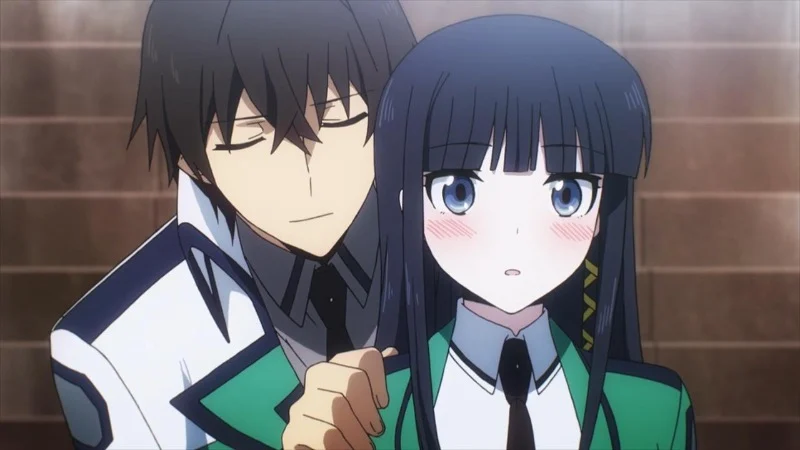
Tatsuya and Miyuki attend a magic school with different levels for students, and both quickly stand out – Tatsuya due to his unique skills, and Miyuki because she’s naturally gifted. They get involved in both school activities and outside conflicts, often working together without needing to explicitly discuss their plans. Tatsuya focuses on unconventional strategies, while Miyuki uses powerful, precise magic. The first season of the anime was created by the studio Madhouse, known for its detailed and modern visual style when depicting magic and technology.
Kirito and Suguha in ‘Sword Art Online’
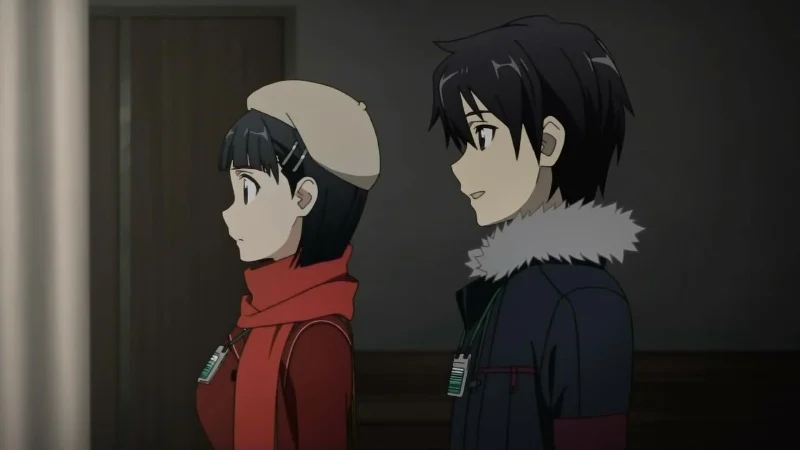
I’m totally hooked on this series! It’s amazing watching Kirito fight for survival in these crazy virtual worlds, but it’s just as compelling seeing his sister, Suguha, dedicate herself to kendo and bravely venture into those same worlds to find him. What really gets to me is how the show explores family dynamics – even when they’re living under the same roof, distance can grow between people. And the way they deal with identities, switching between avatars, adds a whole other level to their eventual reunion after being apart for so long. Plus, A-1 Pictures does such a great job visually showing when we jump between the real world and the virtual one, and it really emphasizes the characters’ changing emotions.
Taichi and Hikari Yagami in ‘Digimon Adventure’
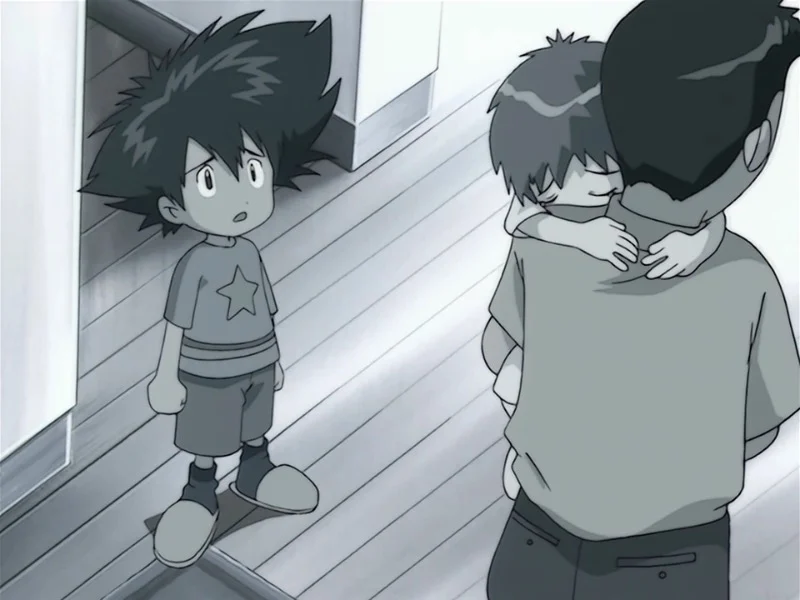
Taichi usually takes the lead, while Hikari offers thoughtful guidance. Together, they help the group overcome digital dangers like broken areas and unpredictable transformations. When the team faces challenges and divides, the siblings’ strong connection keeps everyone grounded. Toei Animation uses consistent visual cues for each character’s strengths, making it easy to follow the teamwork during fights.
Youhei and Mei Sunohara in ‘Clannad’
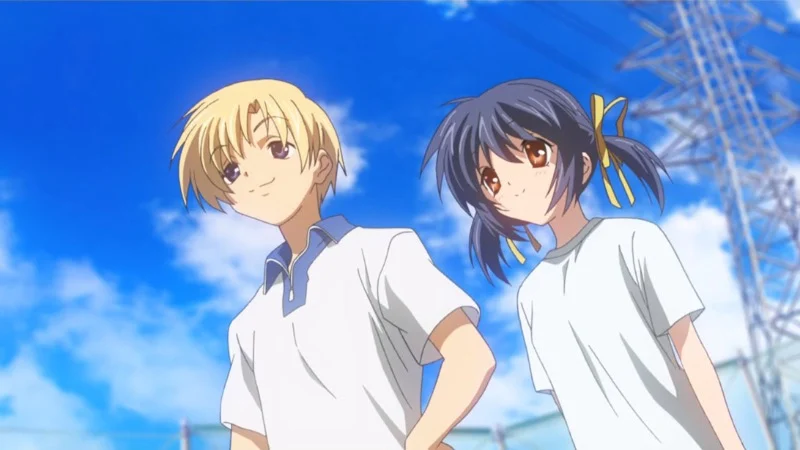
The Sunohara siblings argue about school and wanting more freedom, and their friends get caught in the middle, straining their friendships. The series follows Youhei as he tries to appear competent, with his sister Mei offering help or gentle opposition. Through scenes of family life and part-time jobs, we see how even small choices impact their relationship. Kyoto Animation emphasizes realistic moments and pacing, making the characters’ development feel genuine and relatable.
Hachiman and Komachi Hikigaya in ‘My Teen Romantic Comedy SNAFU’
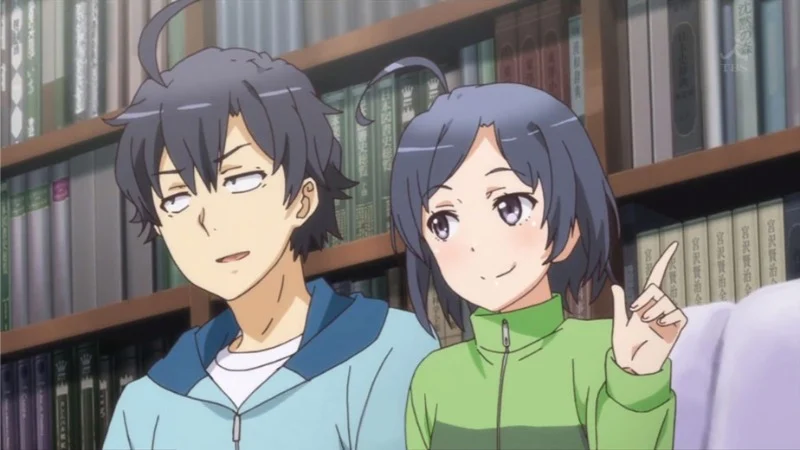
Komachi frequently motivates Hachiman and offers straightforward advice, prompting him to rethink his approach to issues with the club and his classmates. Their private conversations help explain why he acts so reserved at school. When his choices impact others, he really listens to Komachi’s point of view. The anime was initially produced by Brain’s Base and later by studio Feel, both of which do a great job of showing the characters’ emotions during these conversations.
Shinpachi and Otae Shimura in ‘Gintama’
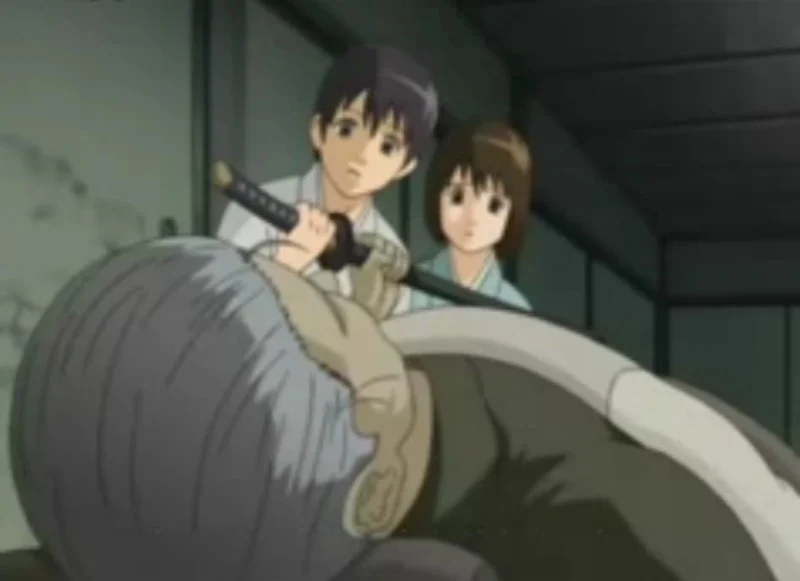
Shinpachi and Otae work together to keep their dojo running – he handles the everyday tasks, while she defends it with her intelligence and fighting skills. This arrangement leads to many of the show’s humorous jobs and adventures. Even when things are lighthearted, they team up to deal with problems like debt and protect those they care about. The show’s direction enhances their partnership with quick editing and a seamless blend of comedy and action.
Miyuki and Kei Shirogane in ‘Kaguya-sama: Love Is War’
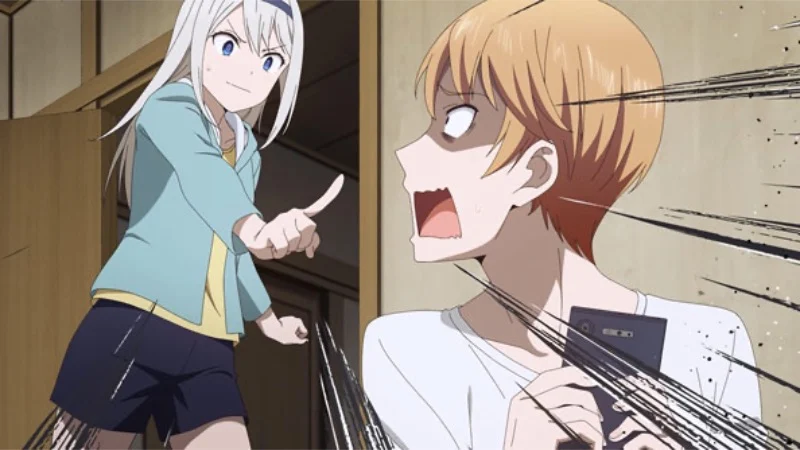
Kei’s responsibilities on the student council often mix with his home life, especially because Miyuki is also a leader. Their interactions demonstrate a two-way learning process, as they both figure out how to manage what’s expected of them. Personal challenges like family rules and money troubles add stress that impacts their decisions, but these aren’t things the student council is aware of. The animation studio, A-1 Pictures, uses close-up shots to emphasize small changes in how confident each of them feels.
Ichigo and Karin Kurosaki in ‘Bleach’

Karin is perceptive and helps Ichigo by handling things at home whenever he’s called away to fight. This teamwork keeps their family life grounded as threats from Hollows and the Soul Society grow. Scenes at the clinic highlight how family members step up to share the burden during dangerous times. The anime carefully mixes everyday family life with big battles, ensuring we always see how much Ichigo and Karin rely on each other.
Mirajane and Elfman Strauss in ‘Fairy Tail’
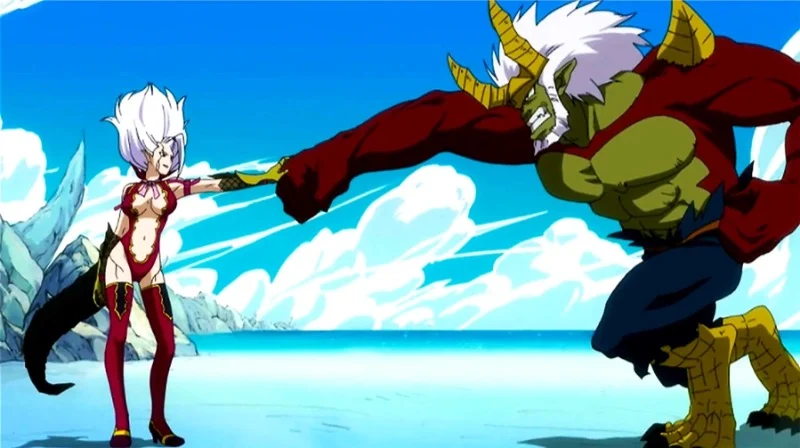
Mirajane’s care for Elfman, and her support of his magical abilities, comes from their shared history as guildmates and family. They frequently work together on missions, combining their skills to succeed where others fail. The story reveals the reasons behind their strong dedication to protecting Lisanna and the feeling of belonging within the guild. The animation studio, A-1 Pictures, consistently delivers believable performances and portrays their playful interactions and cooperation throughout the series.
Usagi and Shingo Tsukino in ‘Sailor Moon’
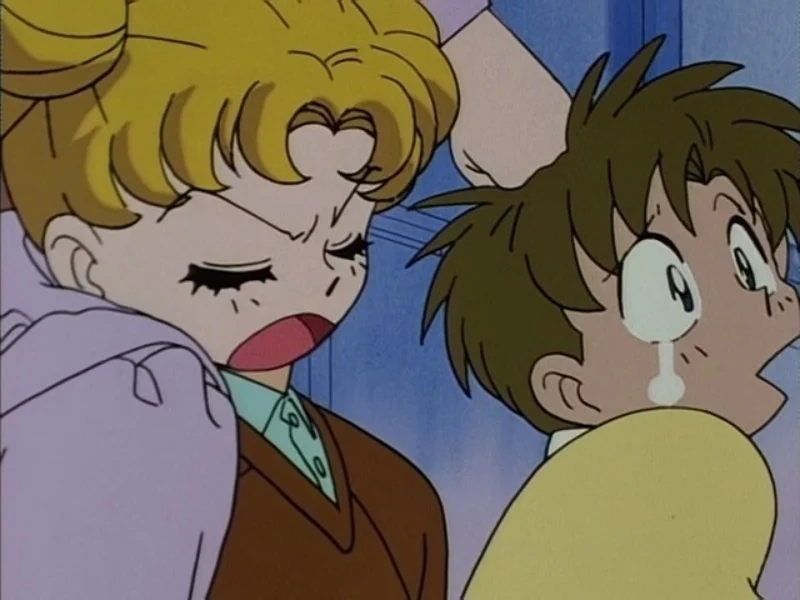
I just love how Shingo, despite always teasing Usagi, is actually a huge help when she’s really stressed with everything she has to do! It’s so interesting seeing how they balance being Sailor Moon with just… everyday life. Family dinners and school reports really show how they try to fit superhero stuff into a normal household. And when danger strikes, they come up with these little stories and make sure chores are done, all to keep their parents from worrying. Toei Animation really emphasizes this by constantly showing their house – it feels so warm and cozy, like it’s the one constant in their lives, the place that keeps them grounded.
Kagome and Sota Higurashi in ‘Inuyasha’
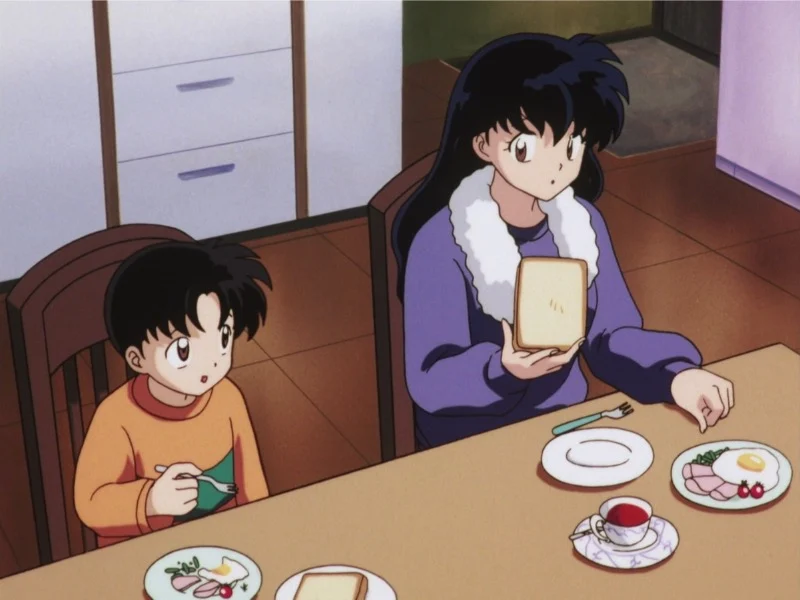
When Kagome travels back in time through the shrine well, Sota takes care of things at home and offers her support. Their conversations help Kagome adjust to life in the feudal era before she returns. The scenes at the shrine show how the family balances keeping Kagome’s travels a secret with being there for her. The consistent use of sunrise imagery in the Higurashi home creates a warm and reassuring atmosphere, making Kagome’s returns feel safe and comforting.
Tell us about your favorite siblings and the scene that really showed off their special connection!
Read More
- Deepfake Drama Alert: Crypto’s New Nemesis Is Your AI Twin! 🧠💸
- Can the Stock Market Defy Logic and Achieve a Third Consecutive 20% Gain?
- Dogecoin’s Big Yawn: Musk’s X Money Launch Leaves Market Unimpressed 🐕💸
- Bitcoin’s Ballet: Will the Bull Pirouette or Stumble? 💃🐂
- SentinelOne’s Sisyphean Siege: A Study in Cybersecurity Hubris
- LINK’s Tumble: A Tale of Woe, Wraiths, and Wrapped Assets 🌉💸
- Binance’s $5M Bounty: Snitch or Be Scammed! 😈💰
- ‘Wake Up Dead Man: A Knives Out Mystery’ Is on Top of Netflix’s Most-Watched Movies of the Week List
- Yearn Finance’s Fourth DeFi Disaster: When Will the Drama End? 💥
- Silver Rate Forecast
2025-11-05 05:47